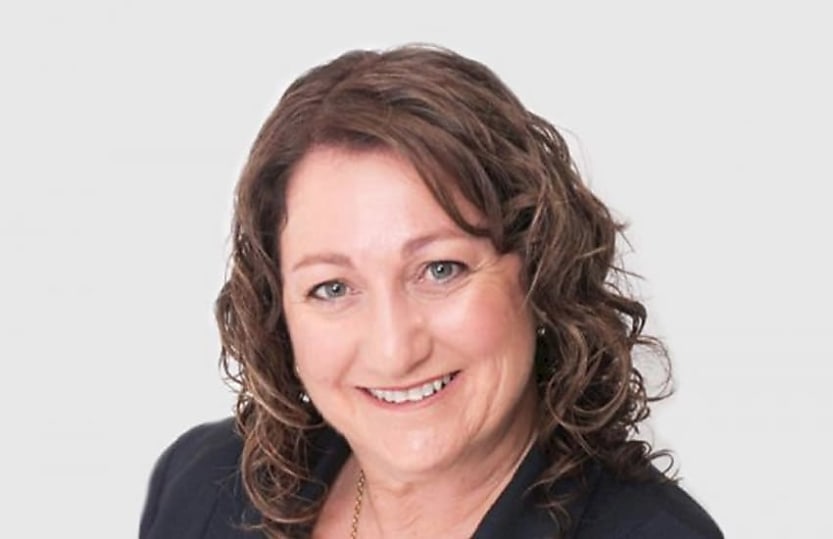Unorthodox tax measures spark fears about ‘new era of tax’

Recent moves by the government to “reengineer traditional tax concepts” have prompted concerns about further unorthodox tax measures emerging down the track, says ASF audits.
ASF Audits head of education Shelley Banton said that recent tax measures released by the government suggest that Australia could be heading towards “a new era of tax” where proposed formulas have no legal or tax precedent and specifically apply to SMSFs.
Speaking in a recent ASF Audits podcast, Ms Banton referred to the $3 million superannuation cap announced earlier this year, which introduces the concept of taxing unrealised capital gains.
The recent release of the ATO’s tax determination on the non-arm’s length income provisions and their interaction with the CGT provisions also highlights some of the unusual aspects of the government’s draft legislation on the non-arm’s length expense rules for superannuation, she said.
Under the proposed amendments, the non-arm’s length expense rules will not apply to large APRA funds while SMSFs and small APRA funds will be subject to a two times multiple formula where they incur a NALE of a general nature.
One of the unexpected developments in the draft amendments for the NALE rules is that the amendments will not apply to expenditure of a capital nature.
SMSF Association chief executive Peter Burgess said the draft amendments draw a clear distinction between capital and revenue expenses.
“These amendments to general expenses will not apply to capital expenses. Under these amendments, if you incur a capital expense which is of a general nature then you still run the risk of all the income being taxed as NALI if you don’t incur that expense on arm’s length terms,” said Mr Burgess.
“There’s been tax rulings in the past that have classified those kinds of things as a capital expense,” said Mr Burgess speaking in the ASF Audits podcast.
“I’m not exactly sure why they’ve done that but they’re certainly drawing a distinction in this legislation between general expenses of a revenue nature versus capital nature.”
Ms Banton said the tax formulas and models released in some of these recent measures reflect a recent trend by the government in terms of “reengineering traditional tax concepts and models”.
Chartered Accountants ANZ superannuation and financial services leader Tony Negline expressed concern earlier this year that the concept of taxing unrealised capital gains under the $3 million superannuation cap could potentially be extended to other areas of the tax system such as companies or trusts.
“[This concept] goes against our fundamental view of what income is, it’s based on something that is realized so it goes against how our income tax laws are written,” said Mr Negline.
“Capital gains are included in the calculation of assessable income because it is something that is earned by a transaction that is completed, in other works, it’s completed. However, this tax is on unrealised gains so it will be interesting to see how they square that up in terms of the normal income tax provisions.”
“If they can solve that puzzle though and it successfully applied [in the superannuation context] then we have the potential for it to be applied to other entities such as individuals, companies and trusts.”
About the author

